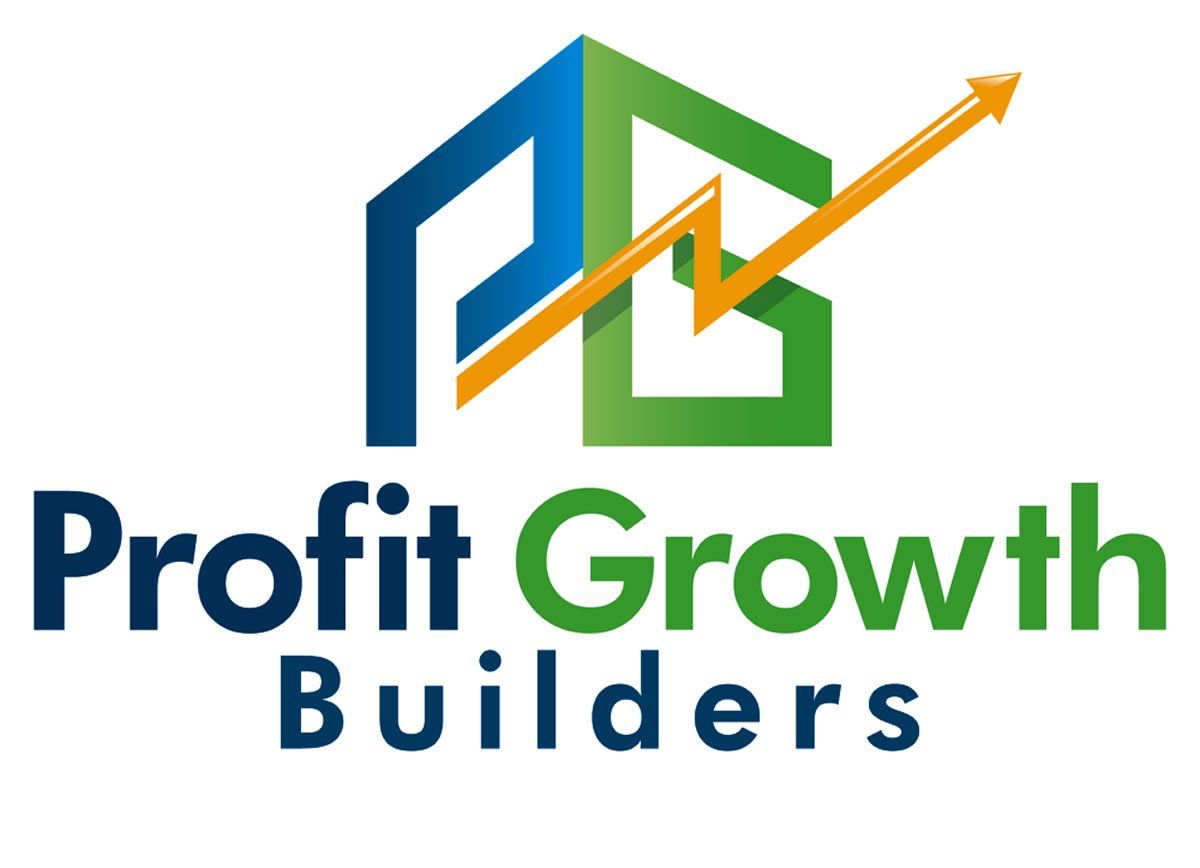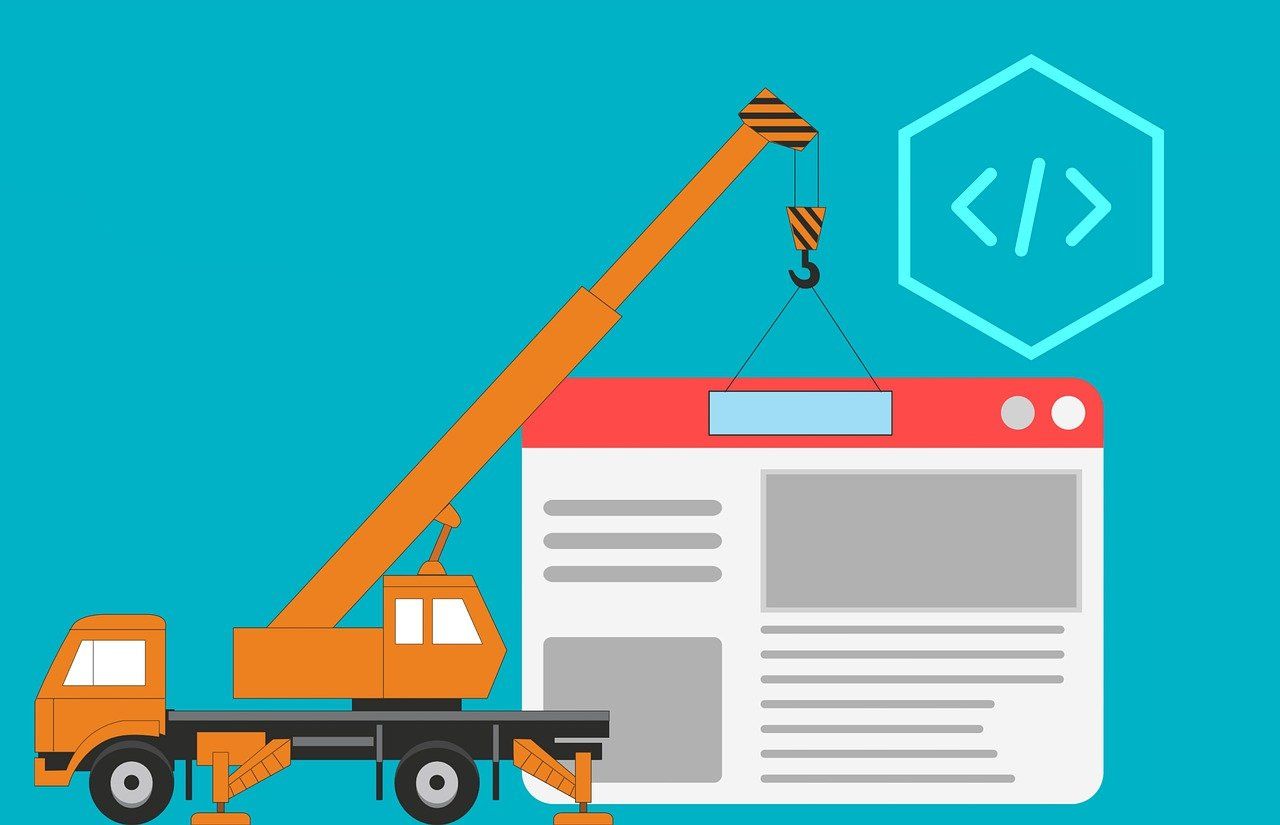A post entitled "The Best Medical Jobs in 2016" may be upgraded with brand-new information to become "The Best Medical Jobs in 2022." A post about home loan best practices from 2015 can be updated with new statistics and information to be more relevant in 2022. A post about the very best products for cleaning houses that should have been popular with a brand name's target market but never ever got a great deal of traffic can be refreshed to increase quality and engagement.
Content Upgrades: Why, When, What and How Often
The prevailing knowledge is that long-form content (1,000 words or more, a minimum of) frequently drives much better SEO and conversion performance. And you're expected to post fresh content regularly-- when a week or more is the response offered by the majority of specialists.
Yet according to one study, it takes around 3 hours and 15 minutes to compose a 1,000-word article. That does not consist of time for keyword research, ideation, modifying, collecting images, and really releasing the post, numerous organizations are looking at a financial investment of 5 or more hours per blog post.
You can see how getting routine content onto your business website pages can end up being a concern of resources. While contracting out content development is always an option, some internal attention is still needed. This is why you might wish to learn how to utilize content upgrades as a tactic for providing fresh content without re-creating the wheel for each blog post
What Are Content Upgrades?
SEO Implications and Benefits of Updating Content
How Often Should You Update Content?
What Should You Change or Add When Upgrading Content?
Steele suggests being transparent about content upgrades. Include a note at the start or end of the post that lets users understand when the content was initially released and when it was upgraded.
Looking to make content upgrades a routine part of your marketing strategy or need to overhaul a whole collection of post? Crowd Content can help. Reach out to learn more about our business services for handling large content jobs, or place content upgrade demands to certified authors through our self-serve market.








